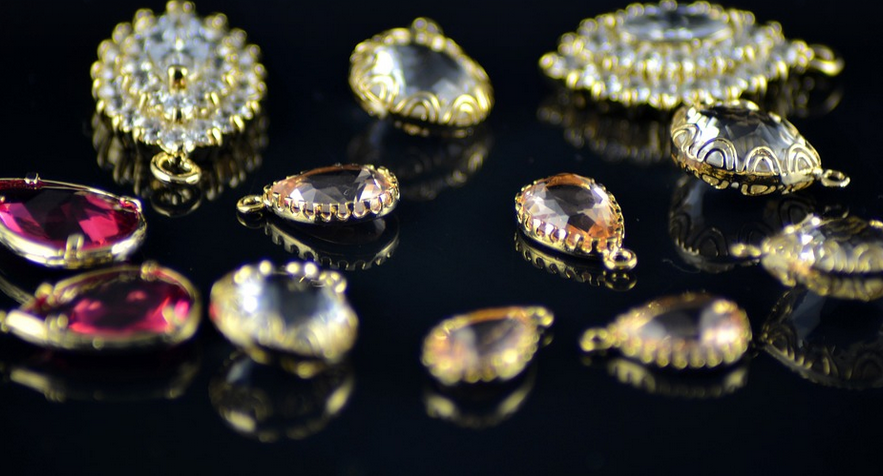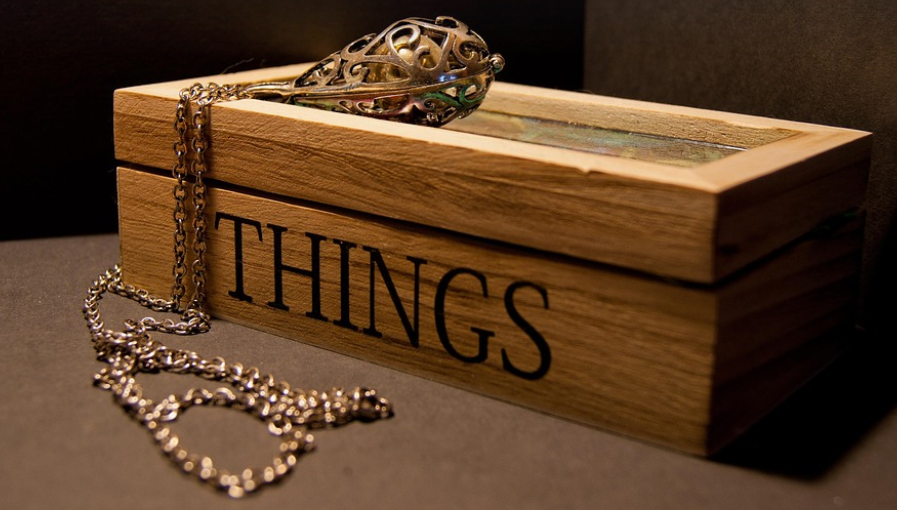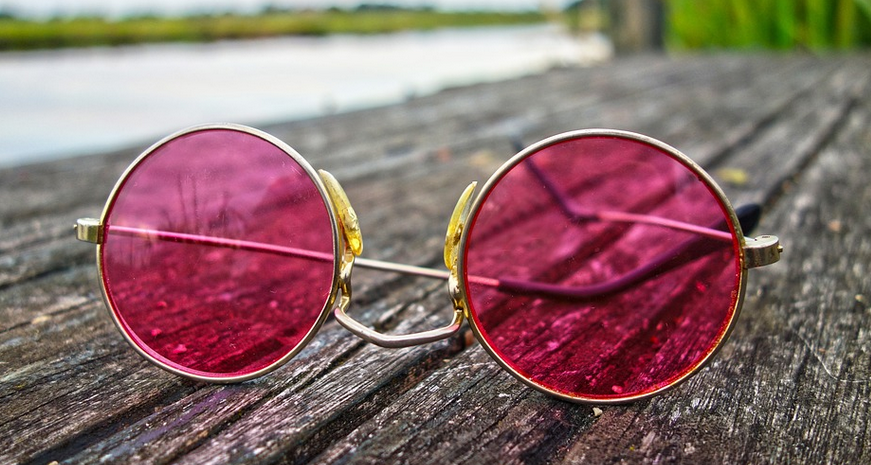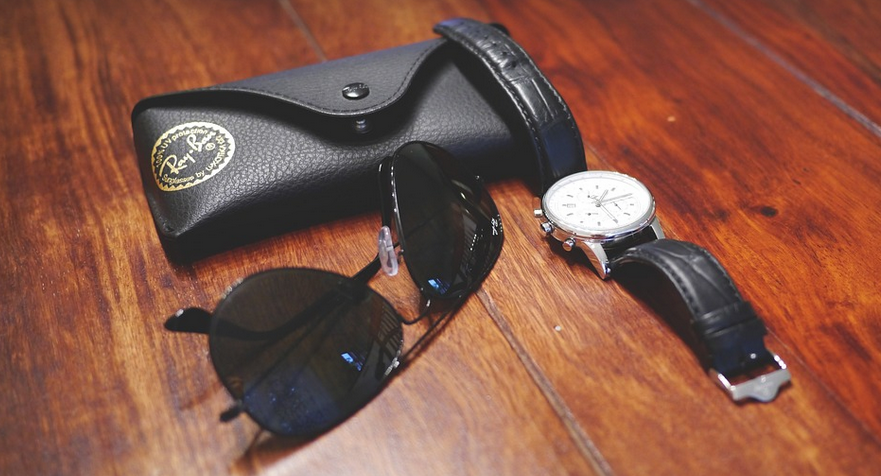
What’s Up With Those Yellow Needles?
So, you spot a pine tree with some mysteriously yellow needles and are wondering what’s going on. Don’t worry, it’s not a sign of doom, just something nature’s doing! Let’s dive into the world of pine needles and understand why they might start turning that vibrant shade.
Pine trees are known for their resilience and ability to thrive in various environments. However, like any living thing, they face natural challenges and stressors. When it comes to those pesky yellow needles, there’s usually a good reason behind them.
Understanding the Pine Needle Phenomenon
The “yellowing” of pine needles can be caused by various factors, and understanding these causes is key to tackling any potential problems. Here are some of the most common culprits:
**1. Seasonality:** A natural part of a pine’s life cycle! As autumn arrives, many pines lose their needles due to an internal process known as “abscission”. The needle becomes drier and eventually falls off, contributing to the golden hues we love during fall foliage.
**2. Insect Damage:** Nature’s tiny army can sometimes wreak havoc on our beloved pines! Insects like bark beetles or scale insects are known for feeding on pine needles, causing yellowing and weakening the tree. These tiny creatures can be a real threat if left unchecked.
**3. Disease:** Fungi, bacteria, and various pathogens can also trigger this phenomenon. When pine trees are infected with disease, their ability to photosynthesize is impaired, resulting in yellowing needles.
**4. Environmental Stressors: ** Pines are very sensitive to environmental changes like drought, excessive heat, or cold snaps. When these stressors hit the tree hard, it can trigger stress responses, leading to needle discoloration and even drop.
Identifying the Cause: A Closer Look
The first step to addressing the issue of yellow needles is understanding the specific cause. This requires a closer look at your pine tree:
**1. Inspect the Tree Carefully:** Examine the entire tree for signs of insect infestations, unusual growths, or any discoloration in the needles beyond just yellowing.
**2. Take Note of the Location and Surroundings: ** This can offer clues about the cause. Is it a dry area with little water? Is it near a nearby construction project that might be causing air pollution or stress?
**3. Consider the Season:** It’s a good idea to pay attention to when you notice the yellowing, as this can help in determining if it’s a seasonal effect or something else entirely.
Don’t Panic! Taking Action
Once you’ve identified the potential cause of your pine tree’s needles, you can take action. Here are some general steps to address this common issue.
**1. Proper Watering: ** If the yellowing is due to drought stress, ensuring your pine tree receives adequate water is crucial. Water deeply and allow the soil to dry out between watering sessions.
**2. Addressing Insects or Diseases:** Early detection and intervention are key! If you suspect an insect infestation or disease, consult a professional for advice on treatment options.
**3. Pruning: ** This is only recommended in certain cases, like if the tree is suffering from severe dieback. However, it’s important to note that pruning should be done carefully and only by qualified arborists.
Protecting Your Pines
Preventing yellowing needles starts with understanding your pine’s needs and maintaining its health.
**1. Choose the Right Pine: ** Research different types of pines to find one that suits your climate and soil conditions. Some varieties are more resistant than others.
**2. Proper Planting: ** Ensure you plant your pine in a location with optimal sunlight, proper drainage, and access to water.
**3. Regular Care: ** Keep an eye on your pine’s health! Inspect it regularly for signs of trouble like insect infestation or disease.
Yellow needles can be a sign of stress, but they don’t always mean doom and gloom for your pine tree. By understanding the nuances of the causes behind this phenomenon and taking preventive measures, you can keep your pines healthy and beautiful for years to come! Happy gardening.





